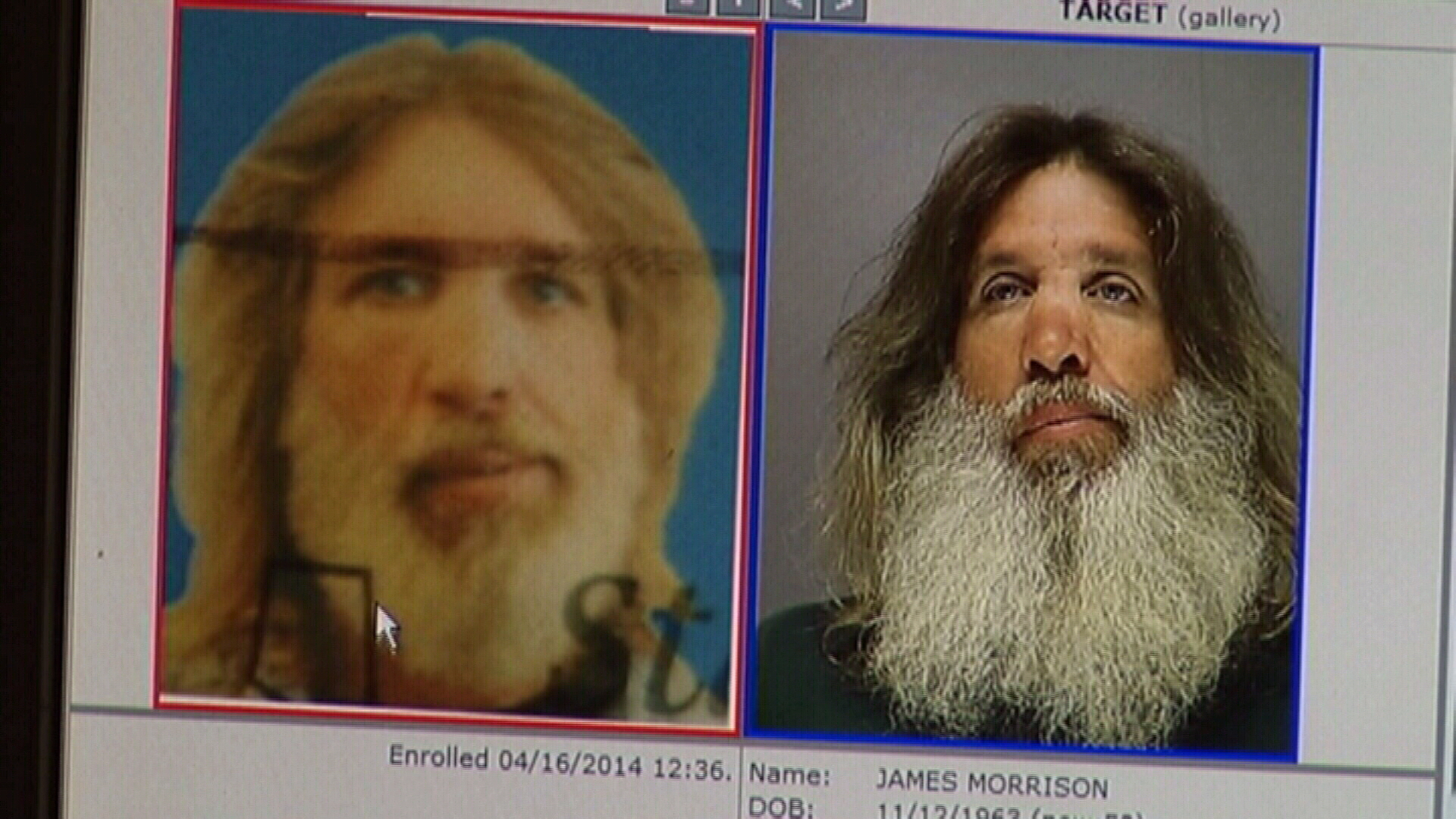
[Editor’s Note: This appears to be another example of the technology being ahead of written departmental policies and claims of ‘misuse’ when the ‘use’ itself is still being determined. It is interesting to see human reaction over the use of technology (to do more/faster) juxtaposed to the same process being done manually.]
The San Diego Police Department is using facial recognition software with few guidelines and little public disclosure, which has led to public concerns about privacy and potential misuse of the technology, according to a report by The New York Times.
The facial recognition software is able to identify 16,000 points on an individual’s face and compare them with thousands of similar points in mug shots or other photos at a rate of more than one million faces a second.
Although law enforcement officers claim that they are using the technology because it is faster than fingerprinting at identifying suspects, it remains to be seen how effective the technology has been in helping them make arrests.
According to County documents, 26 San Diego law enforcement agencies used facial recognition software on more than 20,600 occasions over 33 days throughout January and February, in an effort to identify people.
Despite this rampant use, police officers only successfully found a match to criminal records approximately 25 percent of the time.
Some people have said that the technology is often misused by the police, including San Diego civil rights lawyer Victor Manuel Torres, who said he gets a call about facial recognition “maybe twice a month”.
“The complaint is always that they did it and didn’t get permission,” said Torres. “‘The police put me in cuffs and I’m on the curb, and they pull out an iPad and are taking pictures.’”
This was the case when police stopped Aaron Harvey in 2013, searched his car, took his photo and processed the image through the facial recognition system in an effort to confirm his identity and determine whether he had a criminal record.
A similar incident happened to retired firefighter Eric Hanson, last summer, after he was involved with a dispute with a man he said was a prowler.
Hanson said he was ordered by police to sit on a curb while they took his photo with an iPad and processed it with the same facial recognition software.
In both cases, police photographed the men and told them they were using facial recognition technology, but did not receive their consent before doing so. Additionally, neither man was arrested.
San Diego Police Department spokesperson Lieutenant Scott Wahl said the department does not require officers to file a report in the event that they use the facial recognition technology but fail to make an arrest.
The department said it shows no record of either man’s claims, while Lieutenant Wahl said that he was unaware of either incident but admits that they could have occurred.
Advertisement
“[The facial recognition system] is a test product for the region that we’ve allowed officers to use,” said Lieutenant Wahl. “We don’t even know how many are out there” in the region.”
Until June 19, the San Diego Police Department had no official written policy regulating the use of facial recognition software and only recently began training officers on its lawful use, said Lieutenant Wahl. Prior to this date, the department only offered interim regional guidelines and training regarding the technology.
Meanwhile, Michael German, a fellow at the Brennan Center for Justice and a former F.B.I. agent said that law enforcement agencies often misuse the technology.
“It is not as if there is the identification of a specific crime problem; they are simply collecting a lot of information that could impact a lot of completely innocent people,” said German. “There is very little oversight on the local level, and little concern from the federal agencies providing the grants.”
Two years ago, the Electronic Frontier Foundation (EFF) obtained multiple records from the San Diego Association of Governments (SANDAG) regarding the regional facial recognition program it manages called “Tactical Identification System” (TACIDS).
According to the records, law enforcement agencies around San Diego County participated in a federally funded pilot program in which they were provided with smartphones that officers could use to take photos in the field and compare them against the sheriff’s mugshot database.
The draft policy stated that police would be required to receive consent before taking a photo, however, anecdotal testimony revealed that officers may be using the facial recognition technology on certain individuals simply because they claimed their “spidy senses” [sic] were tingling.
The draft policy’s latest version, which was finalized this past February, fails to mention anything regarding the issue of obtaining consent.
Instead, the policy states that police should primarily use the technology when they believe that a person who is lawfully detained is being deceptive or evasive about his or her identity.
Previously reported, Electronic Frontier Foundation (EFF) and MuckRock have partnered to conduct a census of sorts, via public records requests, in an effort to compile a central list that shows which police agencies throughout the country have mobile biometric identification devices, as well as a set of guidelines for how they should be used.
Source: biometricupdate.com
